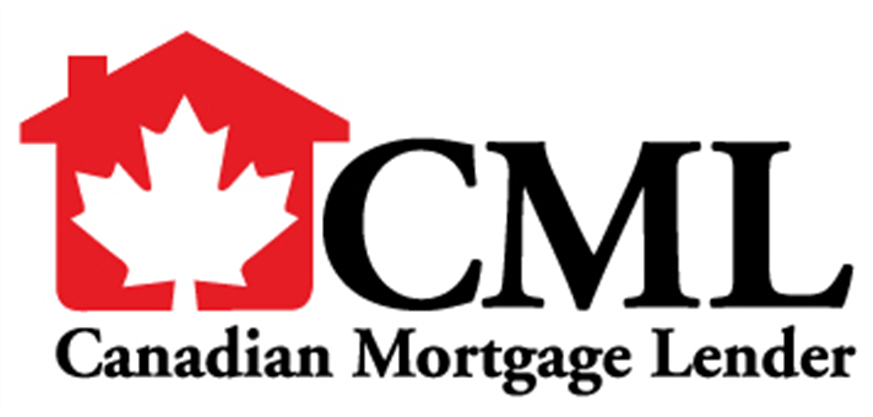
Chris Stewart
BROWSE
PARTNERSComparing First-Time Home Buyers’ Programs
4/6/2023
Despite the higher mortgage rates and tougher mortgage qualifying in today’s environment, there are still plenty of Canadians wanting to buy their first home, so it is recommended that you take some time to learn about the financing programs available, especially those specifically for First-Time Home Buyers. Most of the programs require planning and time so it is important to understand them so you can choose the one(s) that are best for you.
Let’s take a brief look at some key highlights of the programs.
Home Buyers’ Plan (HBP)
- Introduced in 1992 and since then, more than 650,000 Canadians have withdrawn over $6.2 Billion from their RRSP Accounts to purchase or construct their first home.
- Enables eligible participants to withdraw funds from their Registered Retirement Savings Plan (RRSP) to buy or build a qualifying home for themselves or a relative with a disability.
- Currently limits participants to withdrawing a maximum of $35,000 under the program. The limit was increased back in 2019 from its original $25,000.
- Funds withdrawn under this program MUST be paid back into the RRSP over a 15-year period. Failure to fulfill the annual repayment requirements will result in the cancelled payment being considered income and taxed accordingly.
- The repayment period begins during the second year after the year of your withdrawal. This is known as the “Grace Period”
- Repayment is tracked by the government through your annual Income Tax filings and can be monitored by the participant through their online CRA Account.
- The full details of the program as well as answers to detailed questions can be found HERE.
Tax-Free Savings Account (TFSA)
- Implemented in 2009 as a way for individuals who are 18 years of age or older with a valid Social Insurance Number (SIN) to save money as tax-free throughout their lifetime.
- Contributions to the TFSA are not deductible for income tax purposes but the interest, investment income and capital gains earned within the TFSA are generally tax free, even when the funds are withdrawn.
- Encompasses an annual contribution limit that is indexed to inflation in $500 increments. The limit applies to ALL Canadians as it is not based on an individual’s income and in 2023, the annual limit is $6,500.00.
- The Annual Contribution Limit can be carried over so they are cumulative, meaning individuals can make up annual limit portions not previously paid, in future years.
- Growth acquired within the TFSA is not taxed.
- The program is not specific to first time buyers, as any qualified participant is able to set up a TFSA.
- Funds withdrawn do not need to be repaid.
- The full details of the program as well as answers to detailed questions can be found HERE.
First-Time Home Buyers’ Incentive Program [FTHBIP]
- This program was implemented in September 2019 and provides assistance for First-Time Home Buyers with the down payment aspect of the purchase.
- The government will add an additional 5% towards a down payment if the individual is purchasing a resale home or up to 10% down payment if the individual is purchasing a newly constructed home.
- The program generates a lower mortgage and improves the affordability in qualifying for the mortgage.
- The government funds are deemed to be borrowed but are not required to be paid back until the home is sold. If the property is sold at a gain, the government will then split the profit to a maximum of 8% per annum, not compounded.
- A loss on the sale means the funds do not need to be paid back.
- Borrowers MUST qualify while not having a combined income above $120,000 and a house price of no more than 4.0 times the income ($150,000 & 4.5% for Toronto, Vancouver & Victoria).
- For further details pertaining to this program along with accessing the program application, please click the links below:
CMHC First-Time Home Buyer Incentive | National Housing Strategy
First Home Savings Account [FHSA]
- Launched by the Federal Government on April 1, 2023 but is not expected to be available until later in the year when the banks have are positioned to offer, coordinate and manage these types of accounts.
- Designed for first-time home buyers to save money for their down payment within a registered tax-free account.
- Maximum Annual Contribution is $8,000
- Maximum Lifetime Contribution is $40,000
- Account investment growth is not taxed but any account withdrawals not going to a first-time home buyer’s purchase will be treated and taxed.as income.
- For further details pertaining to this program and answers to further questions, please click HERE.
Which Program is Better For Me?
First of all, I am a Sr. Mortgage Professional who has extensive experience in securing mortgage financing and analyzing credit and its accompanied risk. Although I have significant knowledge with investments, I am by no means an Investment Professional or Tax Expert, so I do not pretend to have these answers for you. To gain further professional insight, I suggest you consult an Investment Professional and maybe even a Tax Professional.
Keeping all that in mind as well as the fact that everyone has unique circumstances and different goals and abilities to achieve those goals, I would suggest the best program is actually a combination of more than one. Each program has its own pros and cons that they deliver so which program (s) fits you better? Is it better to not put all your eggs in one basket or better yet, engage in savings beyond the limits of some of these programs?
The HBP has clearly been around the longest and is certainly the most common, at least with clients I have been partnered to secure their financing. That actually makes sense as well as so many employers offer RRSP Income Deductions from pay cheques and many even provide vested matching or a company percentage contribution so RRSP Accounts tend to grow a bit faster than the others but, this program comes with restrictions such as the cap that can be withdrawn to avoid tax implications along with having to pay it back. The required repayment means that there is a further commitment moving forward and if not fulfilled properly, can create significant tax charges. However, looking at the maximum commitment, a $35,000 withdrawal would produce an annual repayment into the RRSP of $2,333.33 across the 15 years. Would this commitment work for you?
The FTHBIP can be an excellent support source that at times, actually does assist a borrower with qualifying for a mortgage. There are times where a first-time buyer does not qualify for financing based on a 5% down payment so the extra 5% from this program can and has made the difference in qualifying. Although this program will generate another interest on title as the government does file registration on title, repayment is only required when the home sells at a profit or the full 25 years have lapsed on the ownership of the property. In addition, the government just released a shared profit cap of 8% per annum, not compounded, so the impact of the government’s share is now lower than when the program first came out and does offer some protection of sharing the profit benefits of major renovations. On the flip side, having the government registered on title could affect future financing on the property such as a HomeEquity Line of Credit (HELOC) or a Second Mortgage down the road, if required or wanted.
As for the TFSA and the newly launched FHSA, these are easy accounts to manage and use but do come with annual deposit limits so they can be restrictive is saving significant amounts.
When analyzing these programs and as I previously mentioned, it appears to me the best road to take is one where a combination of programs is utilized. Work with the applicable experts so you gain professional insight to the best combination of programs for you. Remember, your age, how much you have saved to date, when you wish to buy, how much the home will cost and how much of a mortgage you are able to afford and qualify for are just some of the factors that must be considered to finalize the best results for your situation.
Keep In Mind!
When qualifying for mortgage financing, the greater of the:
Benchmark Rate (5.25%) OR Contract Rate + 2.00%
is used for qualifying purposes. This requirement represents the Stress Test and is naturally another determining factor in qualifying for a mortgage and how much down payment will be required based on the purchase price of the home.
Please be advised that any information provided and/or calculations are subject to change without notice as legislation and government and/or market regulations are altered. Always check with the applicable professionals for environment / market updates.
E&O





























